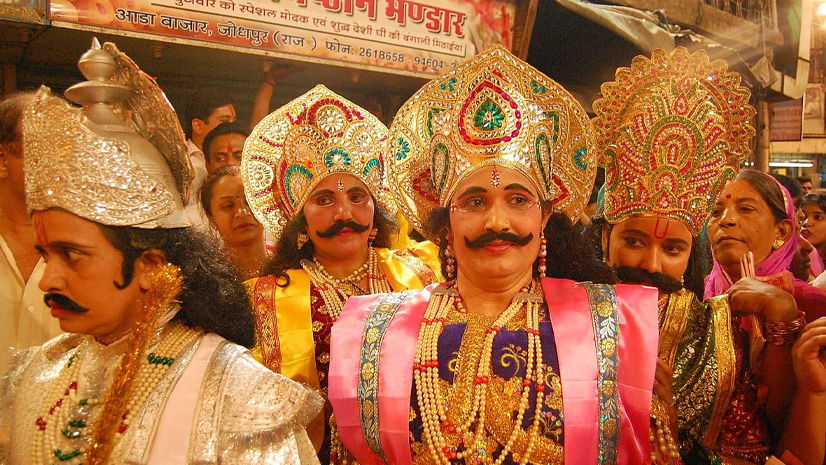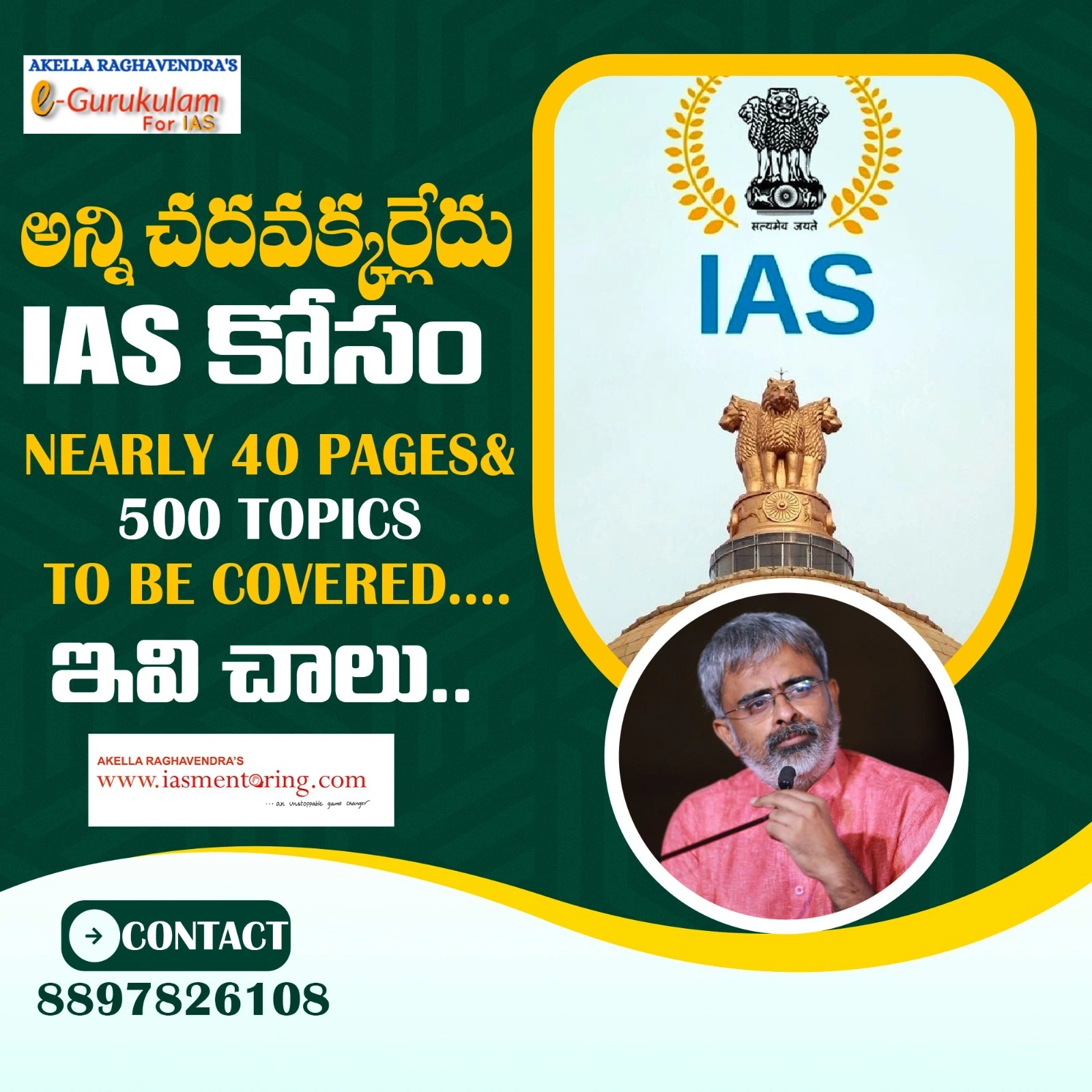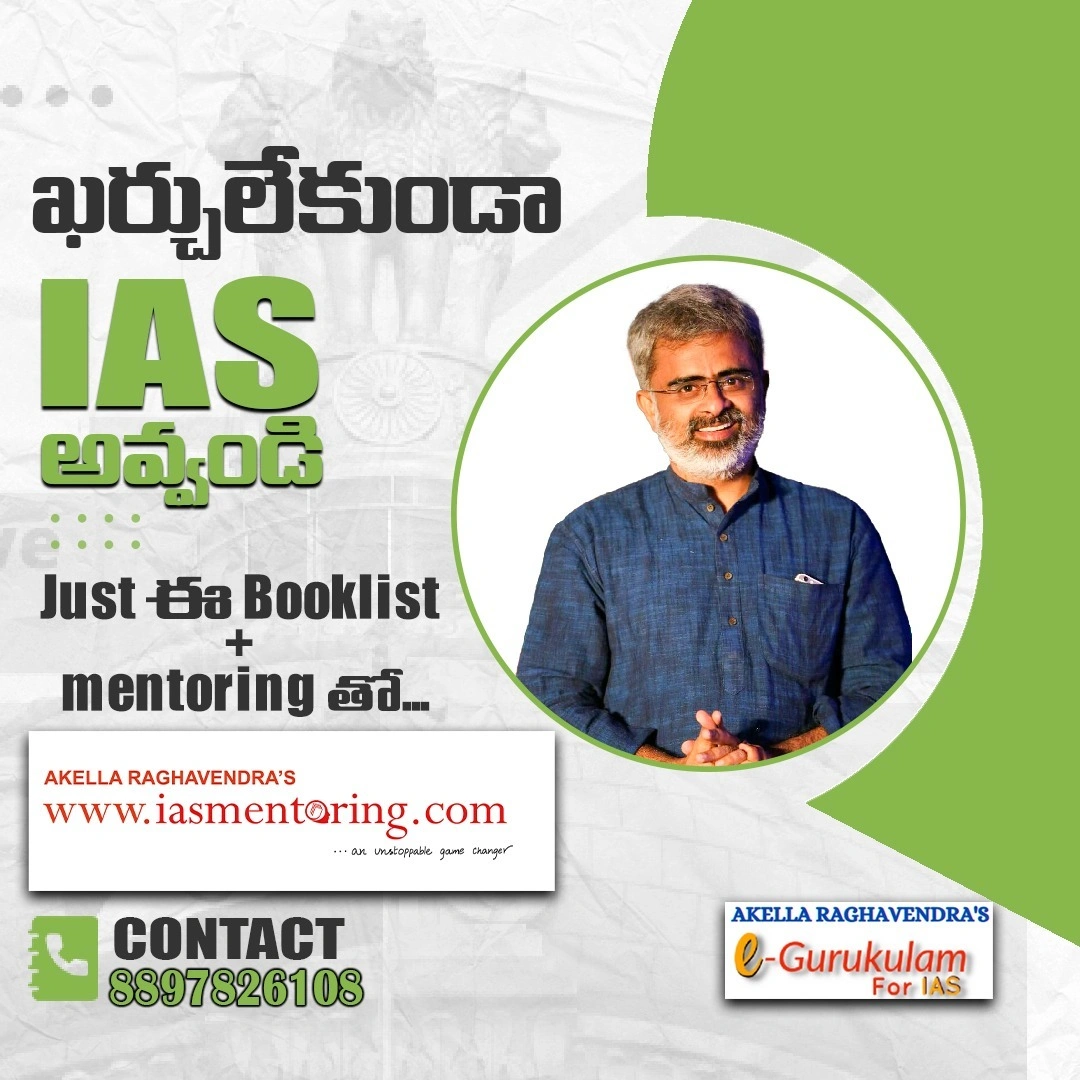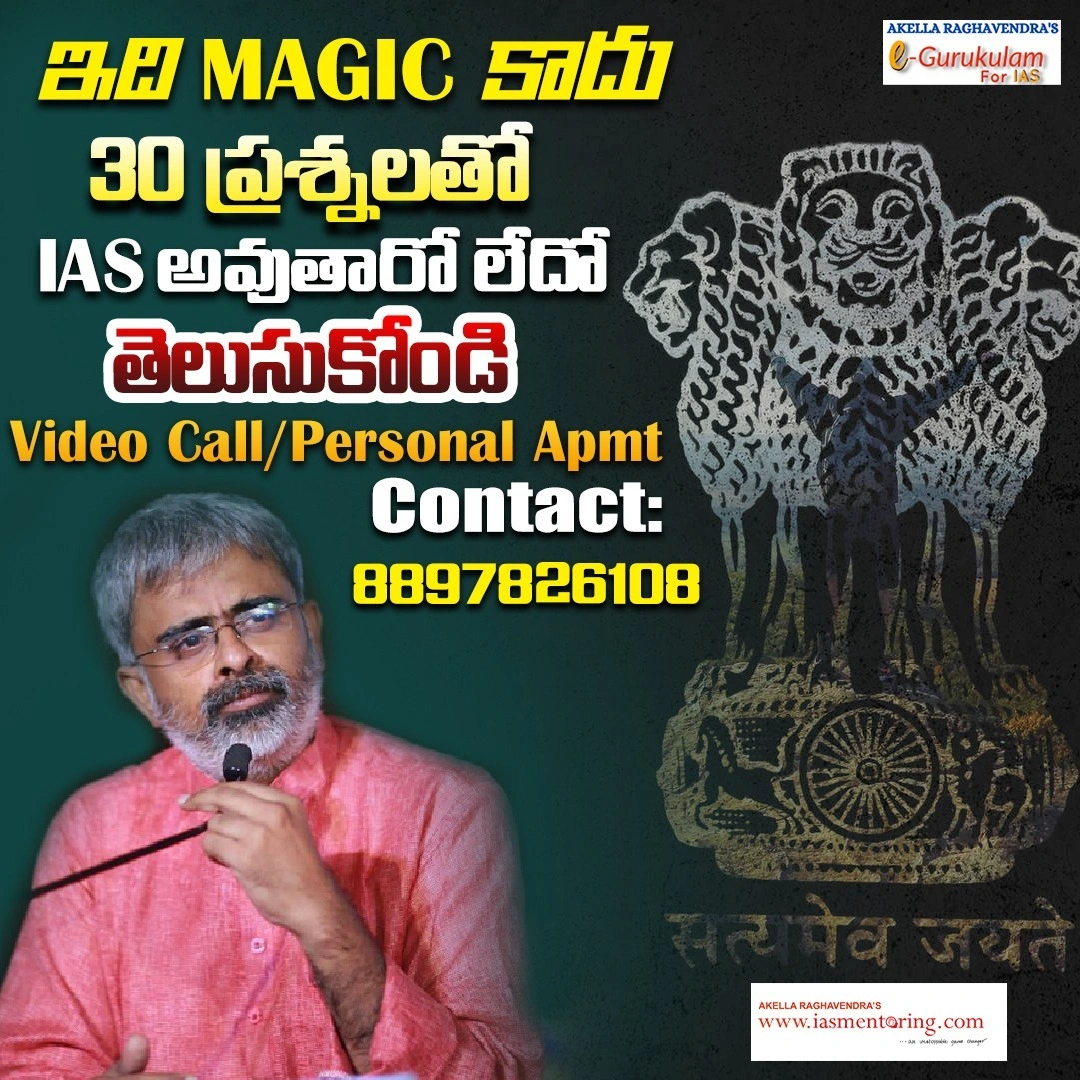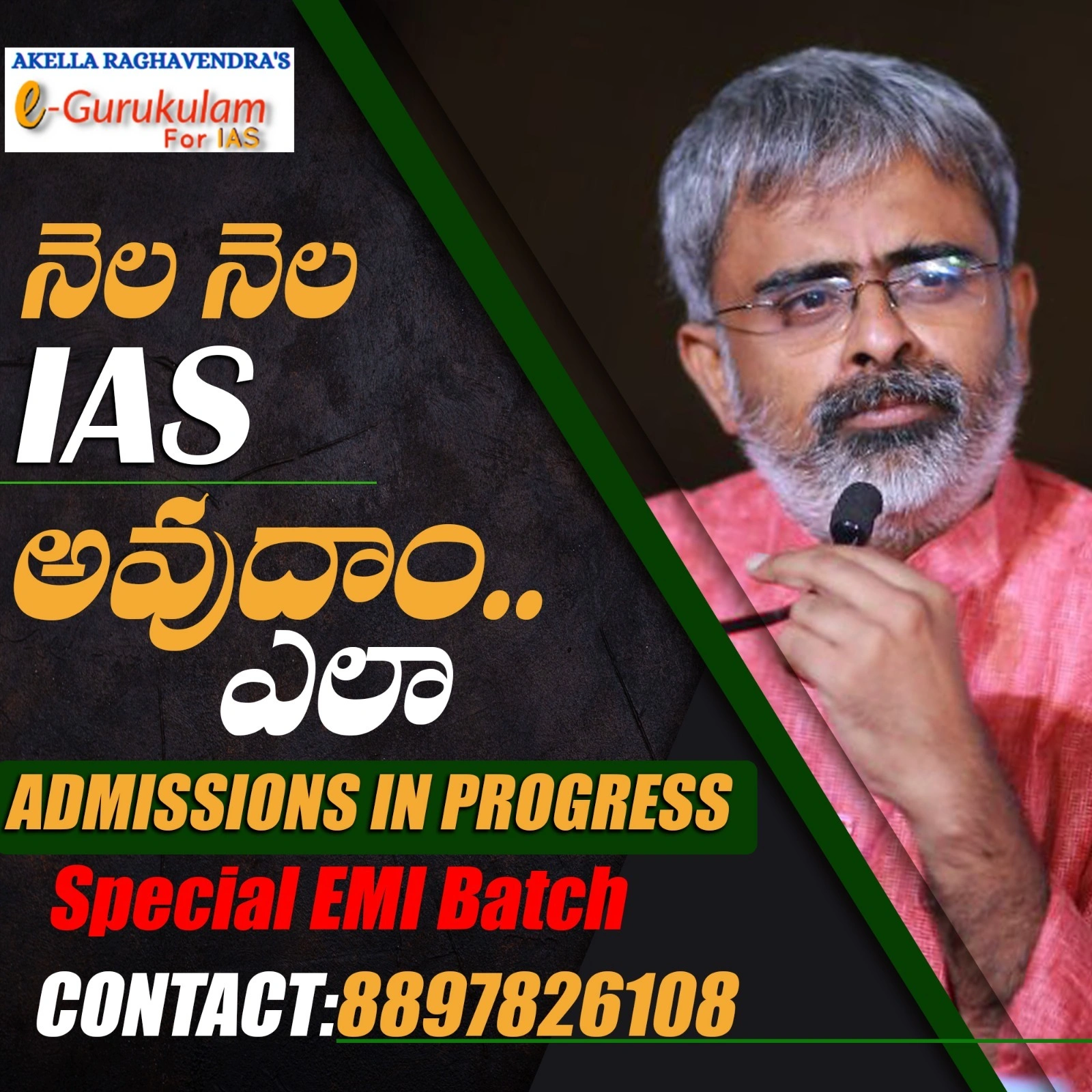Dhinga Gavar Festival
The Dhinga Gavar Festival is celebrated exclusively in Jodhpur, Rajasthan, and in 2025 it was held on Wednesday, April 16, from 7:00 PM to 11:59 PM, across various localities in the Old City.
- The term "Dhinga Gavar" is derived from two words: "Dhinga", meaning mockery or fun, and "Gavar", which refers to a folk representation of Goddess Gauri, another name for Goddess Parvati, consort of Lord Shiva.
- Uniqueness of the festival is unlike most festivals, it is centered around women’s empowerment, not religious rituals alone.
Mythological Background
- The festival’s origin is linked to a legend where Goddess Parvati disguised herself in various playful avatars to amuse Lord Shiva.
- Impressed by her playful spirit, Lord Shiva blessed her, and this divine play inspired the creation of the festival.
Women-Centric Nature
- Dhinga Gavar is a women-exclusive festival, where married and widowed women take the lead, unlike many Indian festivals that are male-dominated.
- This inclusivity is especially significant because widows, who are traditionally sidelined in rituals, are given full participation and respect during the festival.
- Women dress in various elaborate costumes during the festival, portraying characters such as goddesses (like Durga and Lakshmi), tribal warriors, police officers, and queens.
- These roles symbolize different forms of strength, authority, and creativity, giving women a platform for self-expression and leadership.
Lathi-Wielding Vigil
- One of the festival’s most unique features is the tradition where women, dressed in costume, carry lathis (sticks) and patrol the streets at night to guard the Dhinga Gavar idols.
- If a man comes too close to the idol, he may be playfully struck, which is believed to bring good fortune and a future marriage for unmarried men.
Bhang as Ritual Offering
- As with other Shiva-related festivals, bhang (a cannabis preparation) is consumed as prasad.
- This element blends religious reverence with celebration, linking the festival to the Shaivite tradition.
Inclusivity and Social Equality
- The festival breaks barriers of caste and creed by allowing women from all social backgrounds, irrespective of their caste or marital status, to participate equally.
- This makes Dhinga Gavar a symbol of inclusivity and social unity.
Major Rituals
- The festival begins with Murti Sthapana—installation of golden idols of Dhinga Gavar dressed in vibrant attire at multiple street corners in Jodhpur.
- These idols represent different aspects of feminine strength.
Night Vigil and Patrol
- After sunset, women in costume take charge of guarding the idols.
- This vigil, lasting until midnight, signifies women's empowerment in public spaces and their role as protectors of sacred traditions.
- Cultural Performances: Throughout the festival night, women engage in folk songs, dances, and comic skits, showcasing Rajasthani culture and promoting female creativity and confidence.
- Community Involvement: The entire community actively participates in festival preparations. Families decorate their homes, set up refreshment stalls, and organize various events, making it a community-led celebration.
- Modern Relevance: The Dhinga Gavar Festival challenges traditional gender roles and provides an example of how folk traditions can be adapted to reflect modern values of gender equality and social inclusion.
